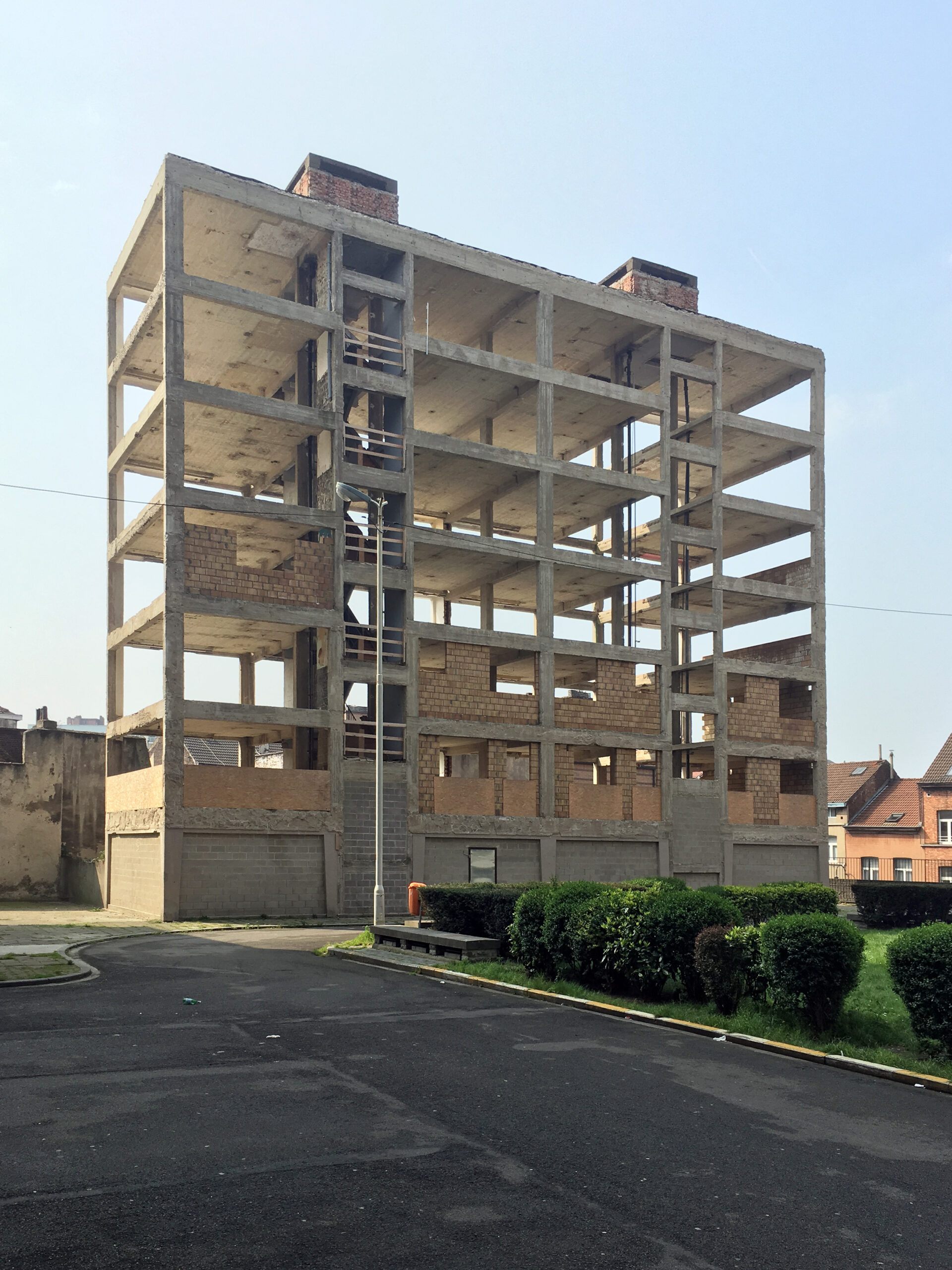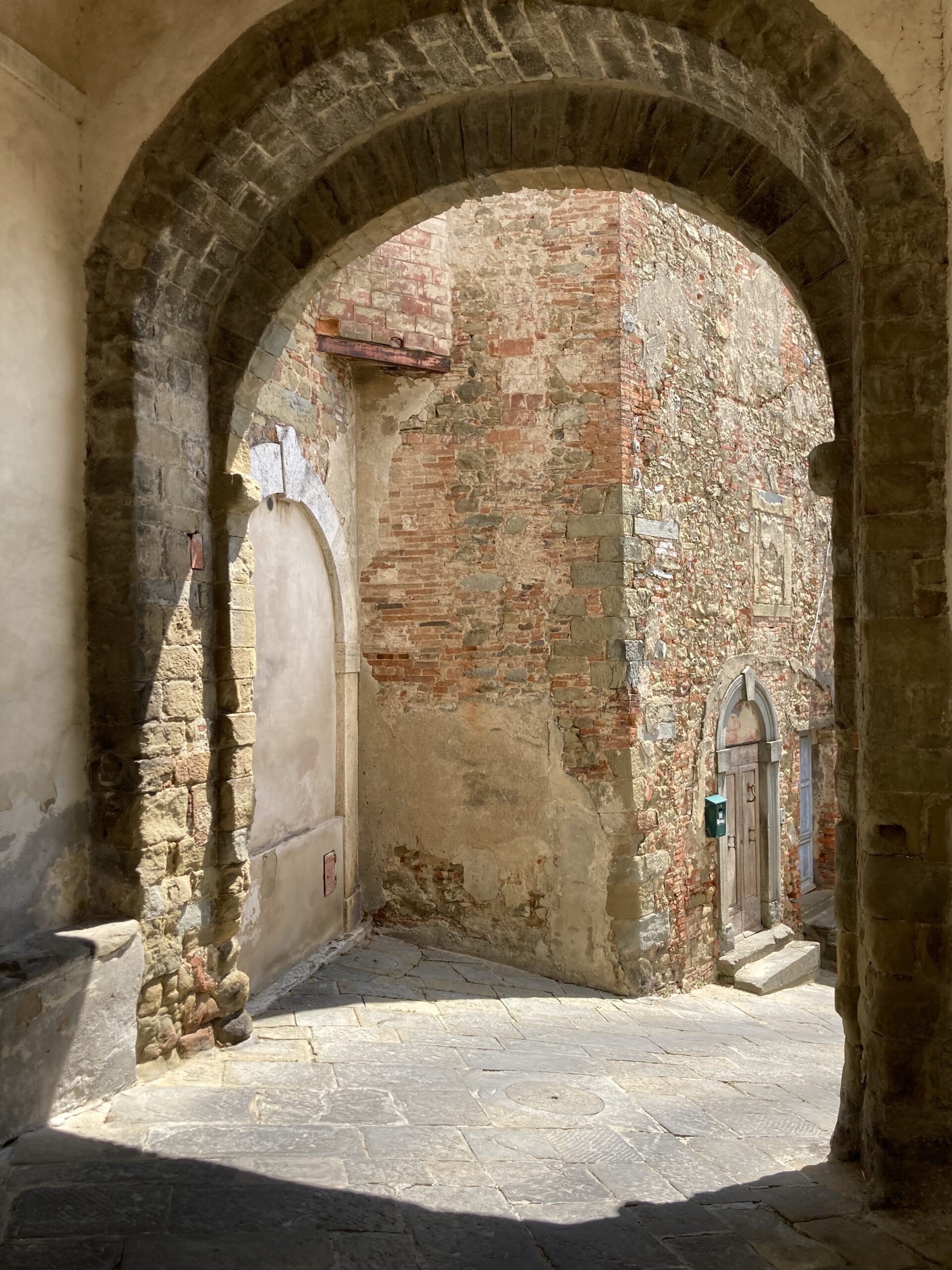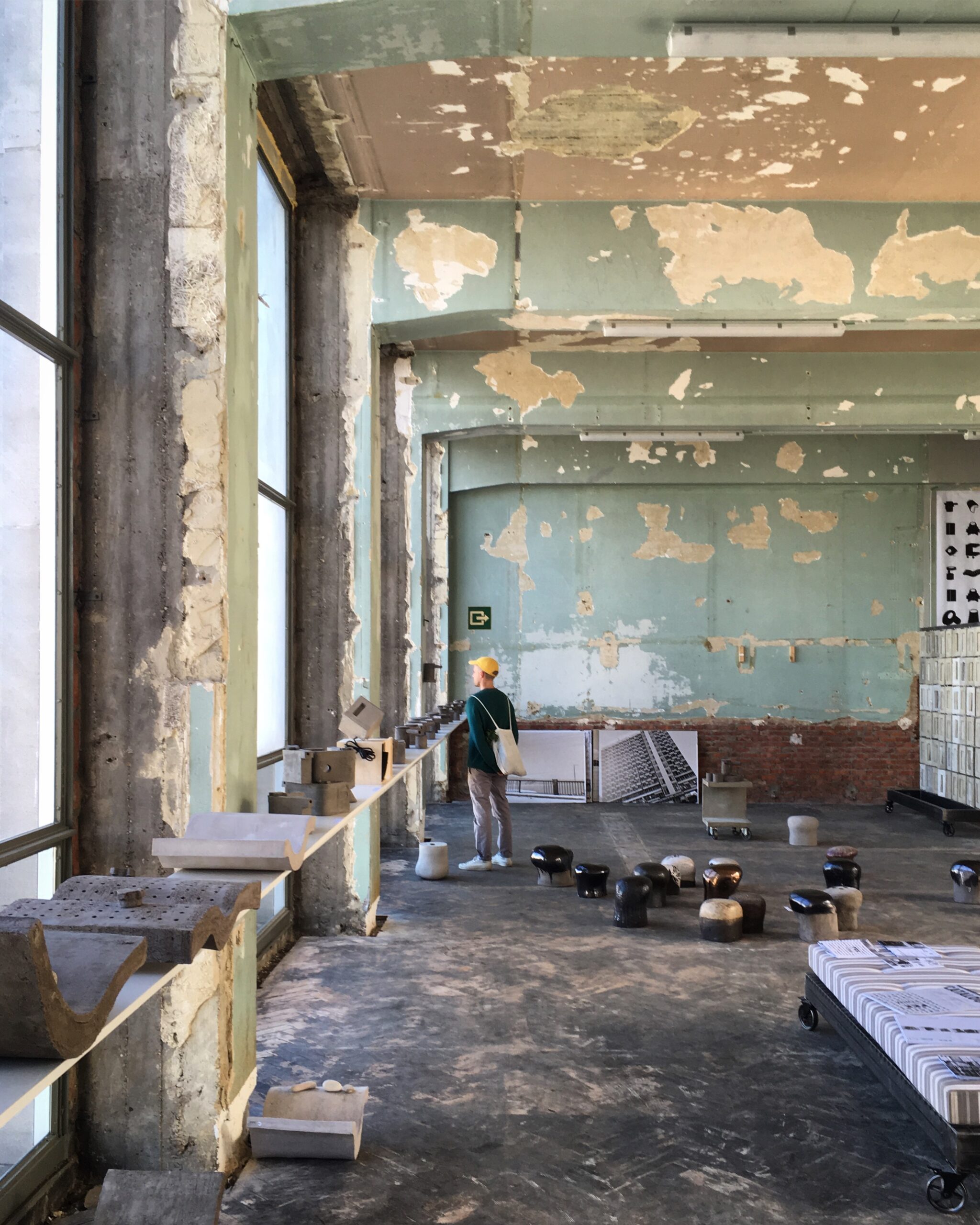
Adapt, Reuse aims to support and encourage transdisciplinary practices of adaptive reuse through the creation of a collectively-authored, open access resource that is adaptable and will extend over time.
Users can discover, collect and reuse existing resources that link ideas with practical examples. They are also invited to collaborate by submitting new references and resources that can in turn be read and (re)used by others.
The practice of architecture is going through a process of change, brought about by the urgent realities of climate breakdown, resource depletion, material shortages, and the recognition that all these crises combined mean that building anew will no longer be an option and working with existing buildings will become the norm. The shift is already well underway: the renovation and adaptation of existing buildings now represents 50% of all construction activity in the EU,1 with up to 95% of current buildings expected to still be standing in 2050.2
To paraphrase Eugène Viollet-le-Duc, architects must therefore learn to continue what others have begun and begin what others will continue. However, while we are seeing a movement within architecture and urbanism towards more sustainable practices based on the adaptive reuse of existing buildings, the transition is being hindered by the absence of a parallel development in theory to accompany and underpin this recalibrated approach.
Overcoming this hurdle necessitates a rethinking of the theoretical basis of architectural practice and education, which up until recently has to a large extent continued to be premised on outdated a priori precepts such as tabula rasa. Since our educational curricula, legislative frameworks and construction industries continue to be geared towards a context that no longer exists, it is time to re-evaluate and reformat how architecture is taught and conceived, commissioned and created, governed and regulated.
With this in mind, the project Adapt, Reuse will bring together a range of works from various authors and sources in order to establish a diverse body of information and build a community of knowledge, uncovering links between the collected sources as a way of furthering transdisciplinary learning and understanding.
Why adapt and reuse?
The built environment is responsible for 33% of global CO2 emissions (6% of which is embodied carbon),3 more than 10 times the emissions caused by the aviation industry which accounts for 2.5% of global emissions.4
In the European Union, the built environment consumes 50% of all extracted materials, produces 35% of all waste and emits up to 12% of total national greenhouse gas emissions.5
The adaptive reuse of existing buildings minimises the need to extract new resources, reduces construction waste and can cut embodied carbon by up to 70% compared to demolishing and rebuilding.6
As Lionel Devlieger, Project Leader at Rotor, pointed out at the New European Bauhaus Collective Conference ‘Common Ground: Making the Renovation Wave a Cultural Project’ in April 2021, “In the current climate, resource and biodiversity crisis, we can no longer afford to throw buildings away as if they were disposable goods”.7
Adaptive reuse represents a key strategy to achieve the EU’s target of reducing greenhouse gas emissions by at least 55% by 2030 and its commitment to become the first fully climate-neutral continent by 2050.8 European Commission President Ursula von der Leyen acknowledged this fact in her 2021 opening speech to the New European Bauhaus Collective conference, saying “One of the most important trends is the focus on renovation and re-use of buildings. In the future it should be an exception that a building needs to be scrapped”.9
However, the recently-published EU Renovation Wave Strategy concentrates only on technical, material & economic questions of reuse, with no mention of the social and cultural aspects.10 This is despite EU policy calling for equal consideration of the cultural aspects of architecture rather than focusing solely on technical standards or material innovations.11
The Davos Declaration (signed by the EC & UNESCO among others) similarly highlights the urgent need for a holistic, culture-centred approach to shaping the built environment.12


The aims of this project
It is in this context that Adapt, Reuse aims to (re)establish adaptive reuse as a transdisciplinary cultural practice by engaging not only with tangible, ‘hard’ values like technical and material concerns, but also intangible, ‘soft’ values, the integral cultural and social aspects that give places meaning.
Collecting and sharing textual and non-textual sources from within and beyond the discipline of architecture will contribute to an emerging theory of adaptive reuse and situate it within wider contemporary discourses. The collaborative development of a theoretical foundation for adaptive reuse will help reinforce its cross-cutting nature as a cultural activity and highlight its critical role in any future sustainable development.
In this way, the project aims to encourage a collective cultural and societal shift away from unsustainable approaches of ‘knock down and rebuild’ to the repair, reuse and adaptation of our existing built environment. It sets out to identify and record existing practices and theories, recover lost knowledges, and discover new architectural languages.
The platform is an ongoing work in progress — as an embodied practice of adaptive reuse it will continue to evolve and change over time. We look forward to building together an inclusive knowledge community around adaptive reuse. Feel free to contact us at any time at hello@adaptreuse.org.
- The Architects’ Council of Europe, “The Architectural Profession in Europe 2022 Sector Study,” (Brussels, 2023): 28 ↩︎
- European Commission, “Renovation Wave: doubling the renovation rate to cut emissions, boost recovery and reduce energy poverty,” European Commission Press Release (14 October 2020) ↩︎
- SBTi, “Buildings Sector Science Based Target Setting Guidance
Version 1.5,” (May 15, 2023): 4 ↩︎ - Our World in Data, “Climate change and flying: what share of global CO2 emissions come from aviation?,” (October 22, 2020) ↩︎
- European Commission, “A new Circular Economy Action Plan for a cleaner and more competitive Europe,” 2020 ↩︎
- See ARUP, Gensler, and Derwent London. ↩︎
- REPORT OF THE ONLINE CONFERENCE Common Ground:
Making the Renovation Wave a Cultural Project ↩︎ - European Commission report on Sustainable Development in the European Union, 2021 ↩︎
- Speech by President von der Leyen at the New European Bauhaus Collective online conference ‘Common Ground: Making the Renovation Wave a Cultural Project’ ↩︎
- A Renovation Wave for Europe – greening our buildings, creating jobs, improving lives, European Commission, 2020 ↩︎
- Official Journal of the European Union, Conclusions on architecture: culture’s contribution to sustainable development, 2008 ↩︎
- Davos Declaration 2018, High-quality Baukultur for Europe ↩︎
